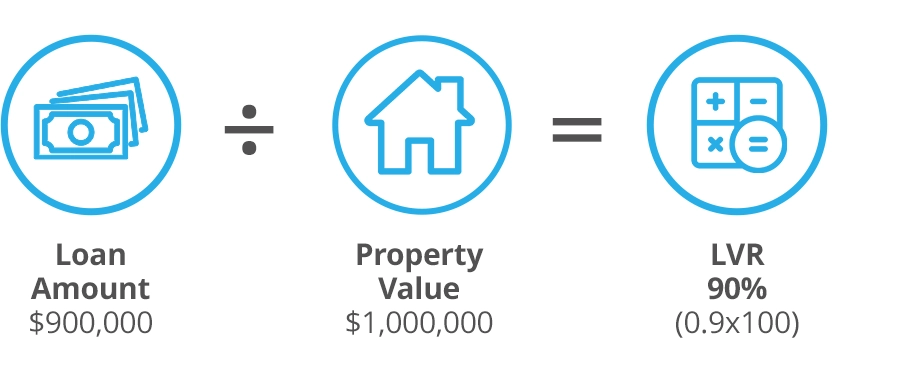
LVR Calculator
Our calculator can help you find the Loan-to-Value-Ratio (LVR) by looking at your property value and loan amount.
GET A FREE ASSESSMENT
4.8 (1,650++ Reviews)
calendar_monthUpdated: 17 May, 2024
hourglass_empty 8 mins read











